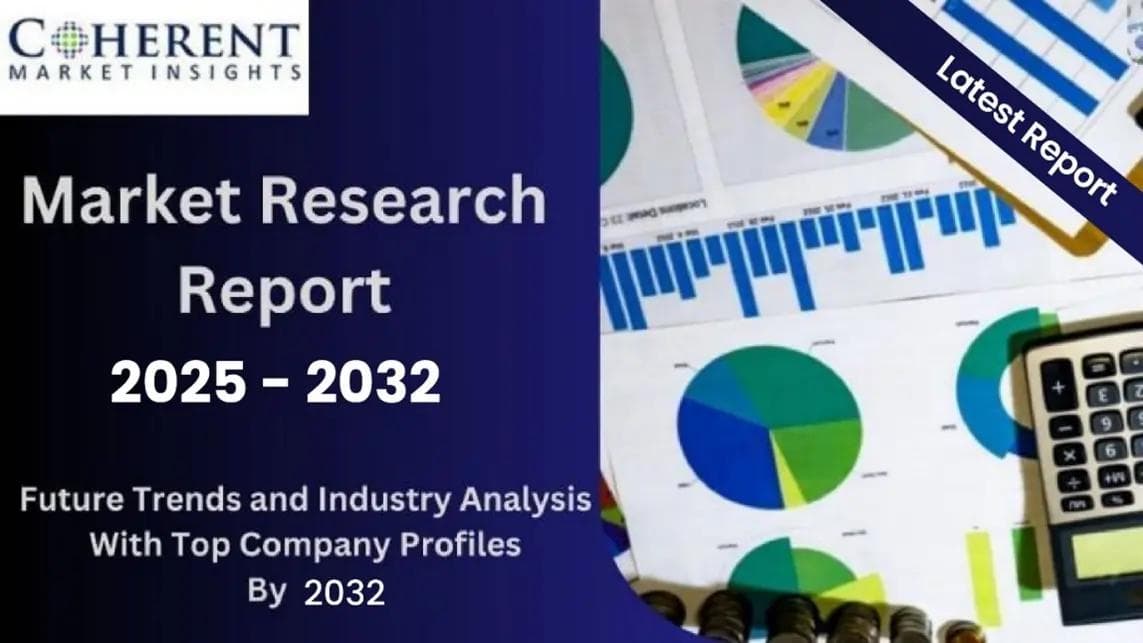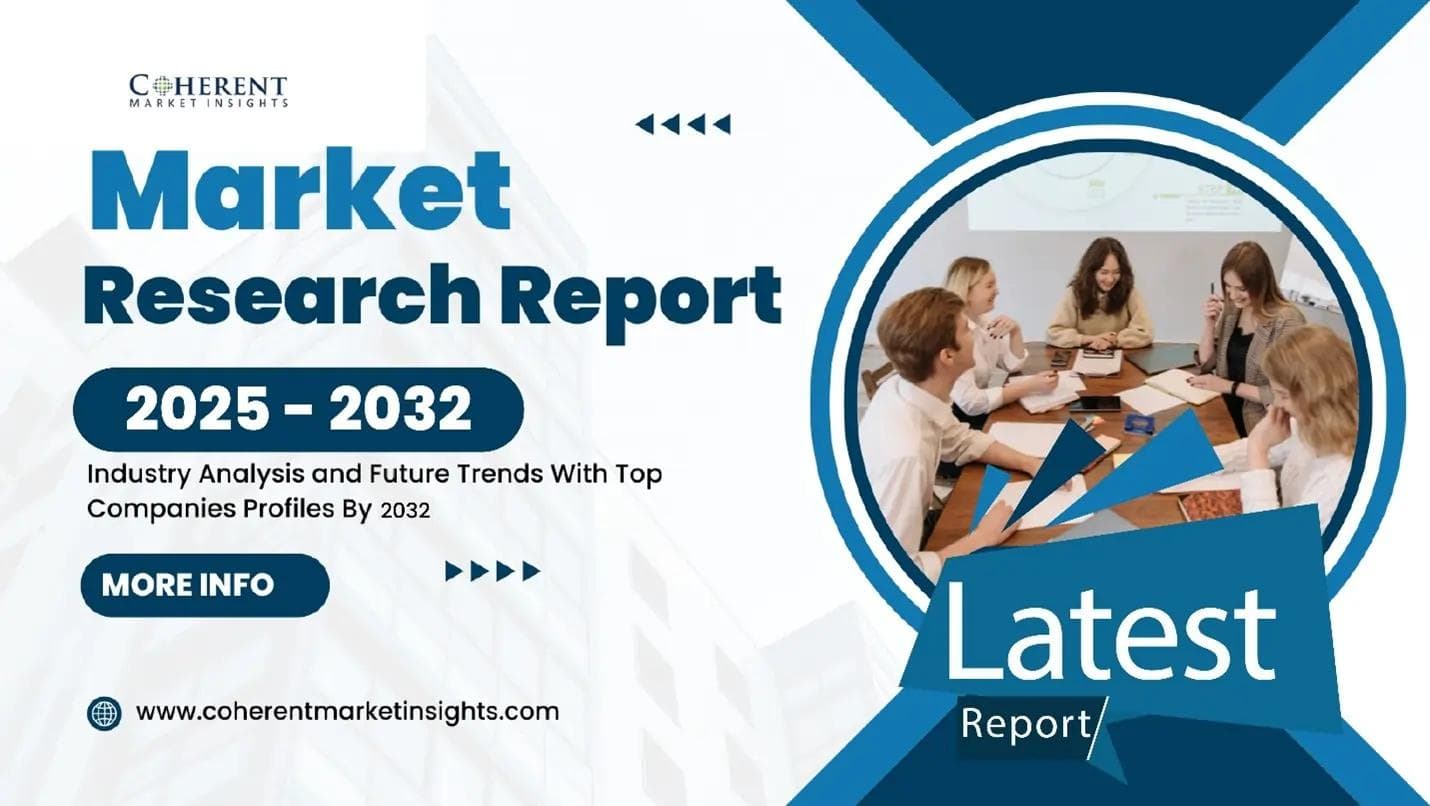The global Polycythemia Vera Therapeutics market is expected to reach US$ 1,516.5 Mn by 2028 from US$ 1,115.9 Mn in 2020, at a CAGR of 4.5%. The base year considered for the study is 2020 and the forecast period 2021-2028.
Polycythemia vera is a blood disorder in which the body creates too many red blood cells. These extra red cells make blood thicker than normal. The thickened blood flows slower and may clot within body. Red blood cells carry oxygen to organs and tissues throughout the body. If the blood moves too slowly or clots, the cells cannot deliver enough oxygen. This situation can cause serious complications including heart attack, stroke, and heart failure. There are two types of polycythemia vera, which include primary polycythemia vera and secondary polycythemia vera. Polycythemia vera gets worse with time if remain undiagnosed and can be life-threatening. Polycythemia vera can be treatable but is not curable. Polycythemia vera treatment may include phlebotomy and drug therapy. Phlebotomy involves the removal of blood from the body. Drug therapy involves the use of Hydroxyurea and Interferon-alfa. Patients who do not respond to hydroxyurea are treated with ruxolitinib (jakafi) or busulfan. At times a low dose of aspirin, allopurinol and antihistamines are also preferred for polycythemia vera treatment. Givinostat is an emerging drug in global polycythemia vera treatment market.
Request Sample Polycythemia Vera Therapeutics market Report @
https://www.coherentmarketinsights.com/insight/request-sample/4540
For instance, according to the article in journal of Multidisciplinary Digital Publishing Institute (MDPI) in July 2020, the estimated annual incidence rates for polycythemia vera (PV), essential thrombocythemia (ET), and primary myelofibrosis are 0.84, 1.03, and 0.47 per 100,000 population globally and the prevalence is much higher, particularly for PV and ET, as mortality rates are relatively low globally.
Furthermore, according to the National Organization for Rare Disorders, around 44 to 57 per 100,000 people in the U.S. are suffering from polycythemia vera.
Moreover, symptoms of polycythemia vera usually develop slowly over many years in patients. Often, the disorder is found incidentally on a blood test, as part of a routine exam before noticeable symptoms occur. Occasionally, affected individuals may report vague, nonspecific symptoms that eventually lead to diagnosis of the disorder. Several individuals with polycythemia vera slowly develop a variety of general, nonspecific symptoms that are common to many disorders such as headaches, fatigue, weakness, dizziness, excessive sweating especially at night, and itchy skin that, in severe cases, may be worse after taking a shower or a warm bath.
Ask for PDF sample Polycythemia Vera Therapeutics market report @
https://www.coherentmarketinsights.com/insight/request-pdf/4540
The objectives of this study are as follows:
To define, describe, and forecast the global Polycythemia Vera Therapeutics market by product & service, technique, design, application, end user, and region
To provide detailed information regarding the major factors influencing market growth (drivers, restraints, opportunities, and industry-specific challenges)
To strategically analyze micromarkets with respect to individual growth trends, prospects, and contributions to the overall market
To analyze market opportunities for stakeholders and provide details of the competitive landscape for the key players
To forecast the size of the market with respect to five regions: North America, Europe, Asia Pacific, and the Rest of the World
To profile the key players and comprehensively analyze their product portfolios, market positions, and core competencies
To track and analyze competitive developments in the Polycythemia Vera Therapeutics market, such as agreements, collaborations, acquisitions, product launches, expansions, and R&D activities
Reasons to purchase this research report:
• Data regarding the industry share by every item fragment, alongside their reasonable worth, have been served in the report.
• We provide statistic information, strategic and analysis tool results to provide a sophisticated landscape and target key market players.
• Our report helps readers decipher the current and future constraints of the market and optimal business strategies to enhance market development.
• Our reports have been examined by professional experts of the industry, which makes them beneficial for the company to maximize their return on investment.
• The analysis acknowledges that the sector players & key drivers of both conflicts and growth assess the impact of limitations as well as the opportunities on the sector.
Reports available at attractive prices for first-time buyers! Offer expires soon!
Buy This Complete A Business Report With Flat US $2000 Off @
https://www.coherentmarketinsights.com/promo/buynow/4540
Available Customizations
With the given market data, Coherent Market Insights offers customizations as per the company‘s specific needs.
The following customization options are available for this report.
This report segments the Polycythemia Vera Therapeutics market into product & service, technique, design, application, end user, and region. Based on products & services, the market is segmented into test kits and testing services. In 2020, the test kits segment accounted for the largest share of the total market. The growing demand for Polycythemia Vera Therapeutics in research as well as diagnostics to understand the genetic variability of chronic disorders is propelling the growth of this Polycythemia Vera Therapeutics market segment.
Based on design, the Polycythemia Vera Therapeutics market is segmented into predesigned and customized panels. The customized Polycythemia Vera Therapeutics segment is expected grow at the highest CAGR during the forecast period. This growth is attributed to the evolving needs of the emerging therapeutic and diagnostic application sectors and the increasing number of clinical and preclinical research studies.
The Polycythemia Vera Therapeutics market is fragmented with the presence of several small and big players. Prominent players in this market include Pfizer Inc., Galena Biopharma, Bristol-Myers Squibb Company, Novartis AG, Eli Lilly and Company, PharmaEssentia Corporation, Bayer AG, Mylan N.V., Teva Pharmaceuticals Industries Ltd, GlaxosmithKline plc, ANP Technologies, INC., F. Hoffmann-La Roche Ltd., Gilead Sciences, Inc, Karus Therapeutics Limited, and Miragen Therapeutics, Inc.
Contact:
Coherent Market Insights
1001 4th Ave, #3200 Seattle, WA 98154, U.S.
Email: [email protected]
United States of America: +1-206-701-6702
United Kingdom: +44-020-8133-4027
Japan: +050-5539-1737
India: +91-848-285-0837



